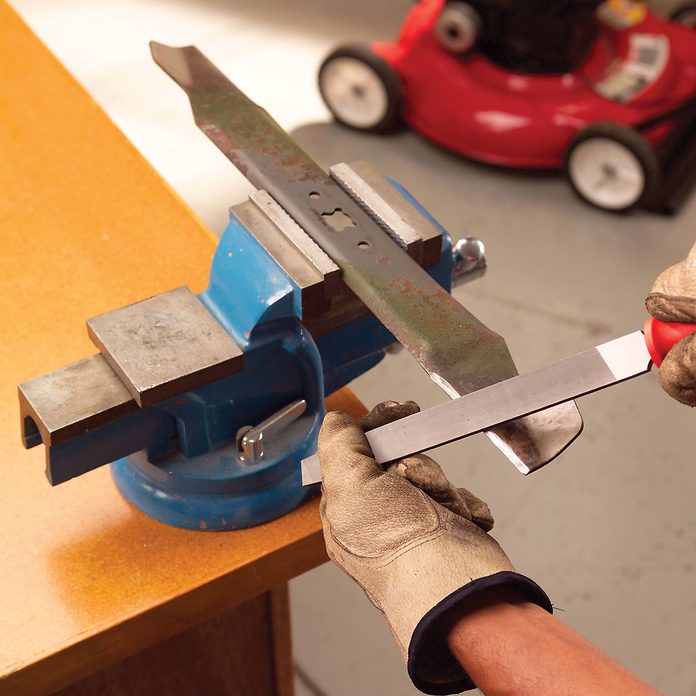
Sharpen Lawnmower Blades
Watch This Video for More Handy Hints To Prep Your Home for Fall:
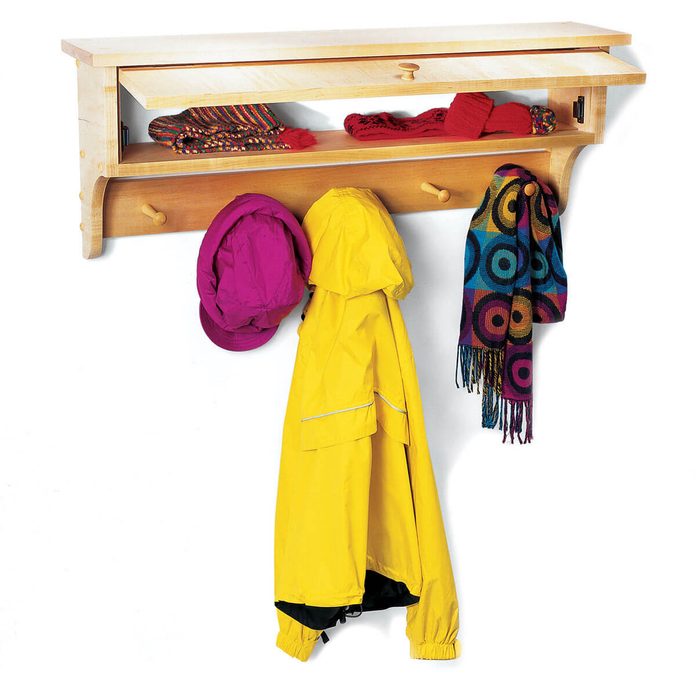
Make This Coat and Mitten Rack
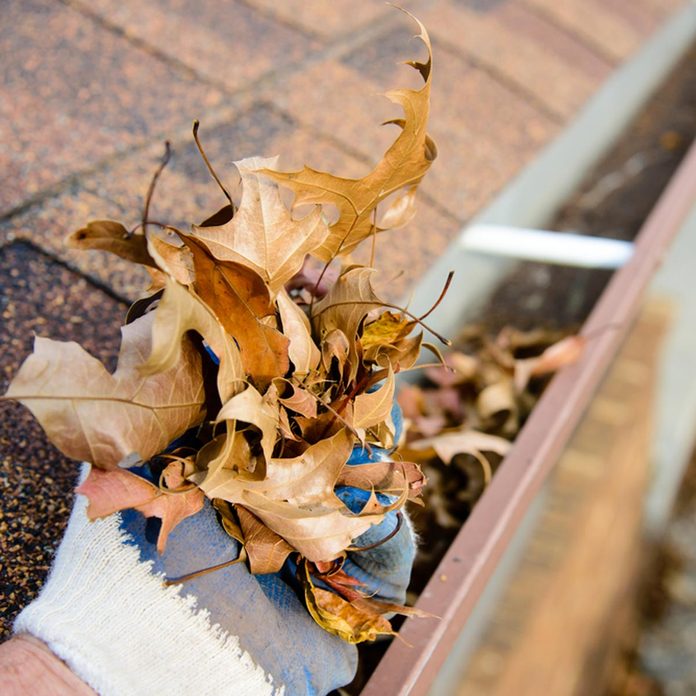
Clean Gutters
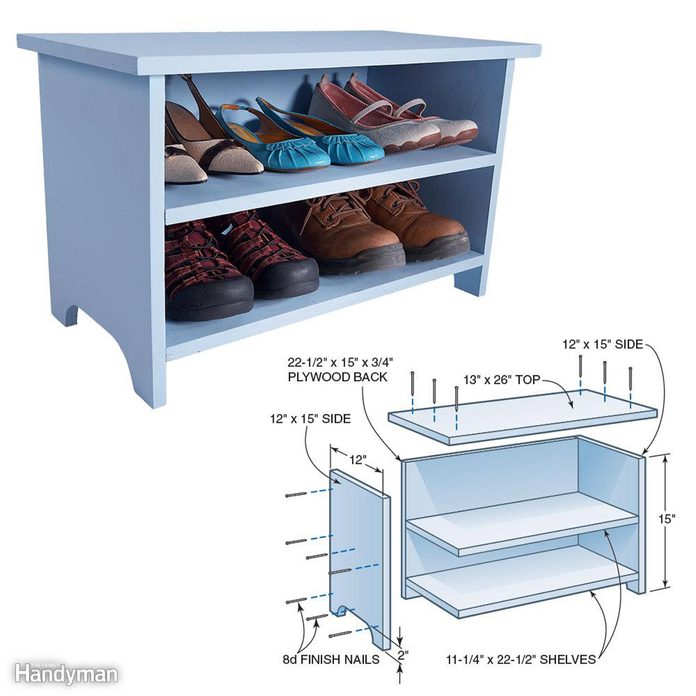
Build a Shoe Storage Booster Stool
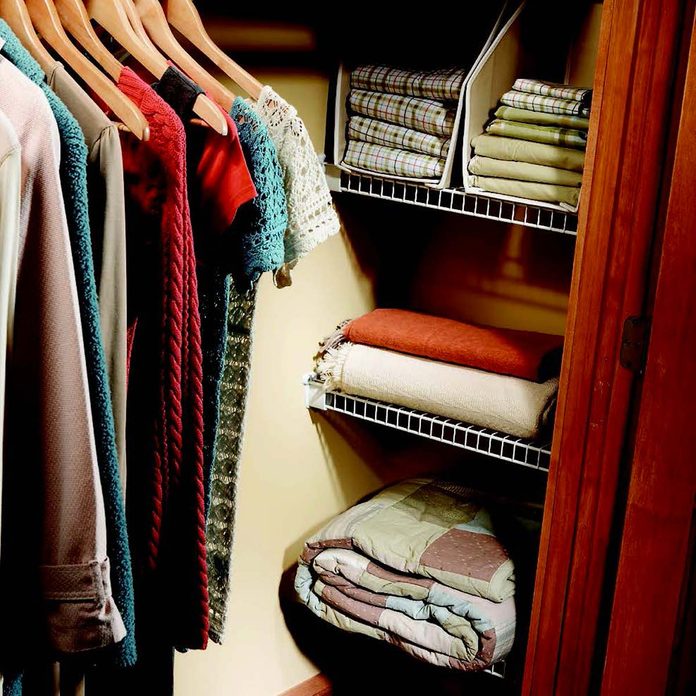
Closet Nook Shelves
Don’t let the recessed space at the ends of a closet go to waste. We love maximizing storage space by fitting these nooks with wire shelving to hold blankets, towels or bedding.
Wire shelves come in a variety of widths. Measure the width and depth of the space. Then, choose the correct shelving and ask the salesperson to cut the shelves to length for you. Subtract 3/8 in. from the actual width to determine the shelf length. Buy a pair of end-mounting brackets and a pair of plastic clips for each shelf. A pack of plastic caps covers the cut ends and keep them from snagging fabrics.
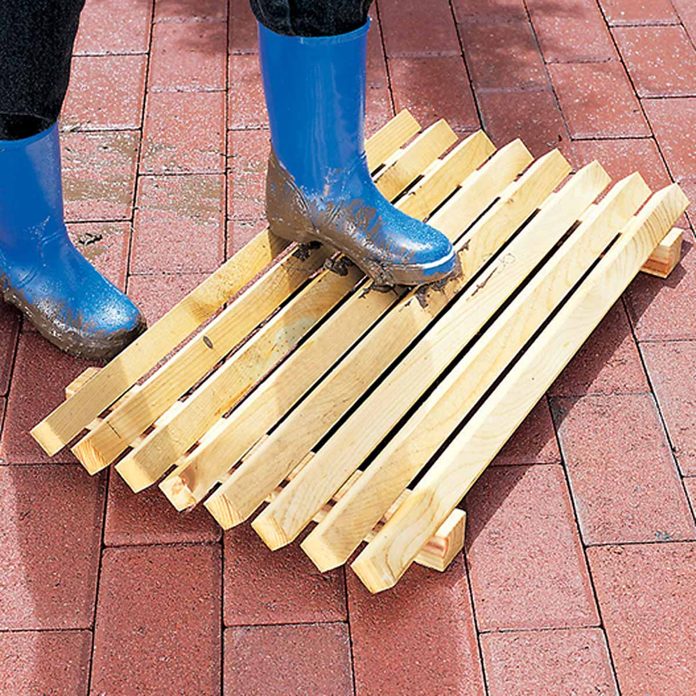
Create This Swedish Boot Scraper
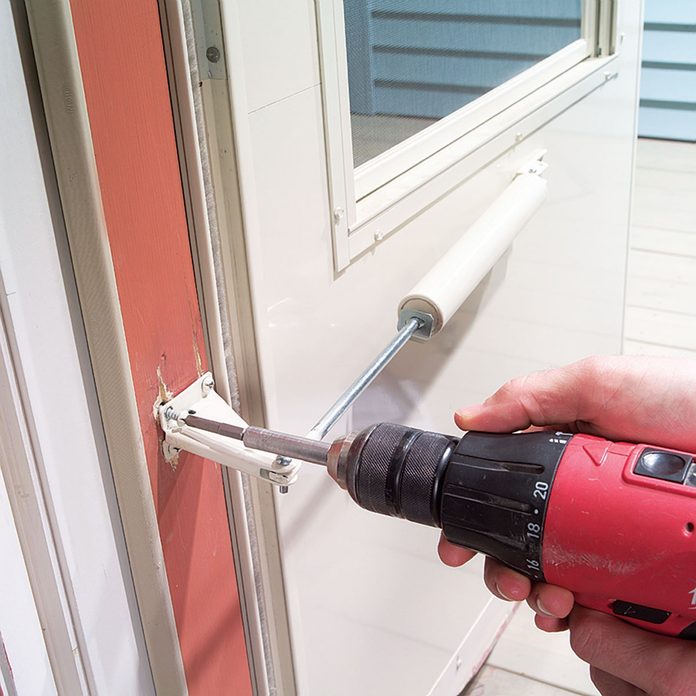
Fix a Storm Door Closer
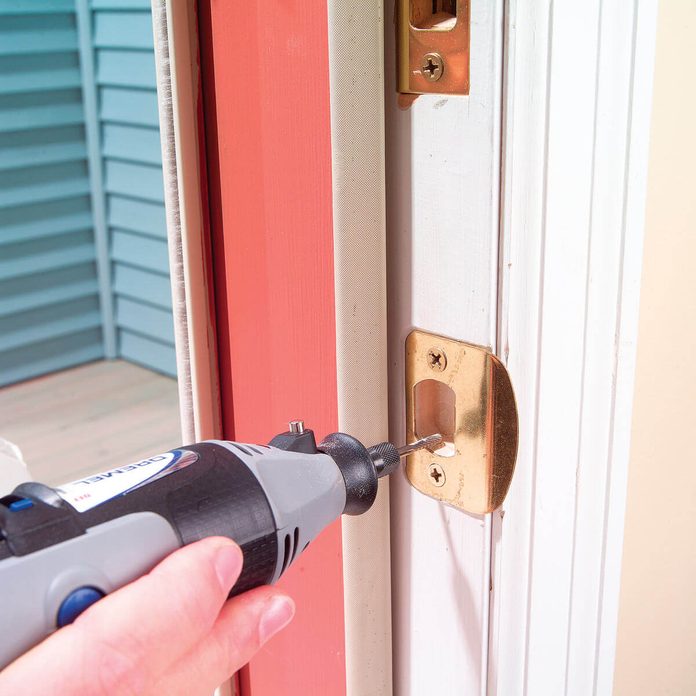
Fix a Door that Doesn’t Latch
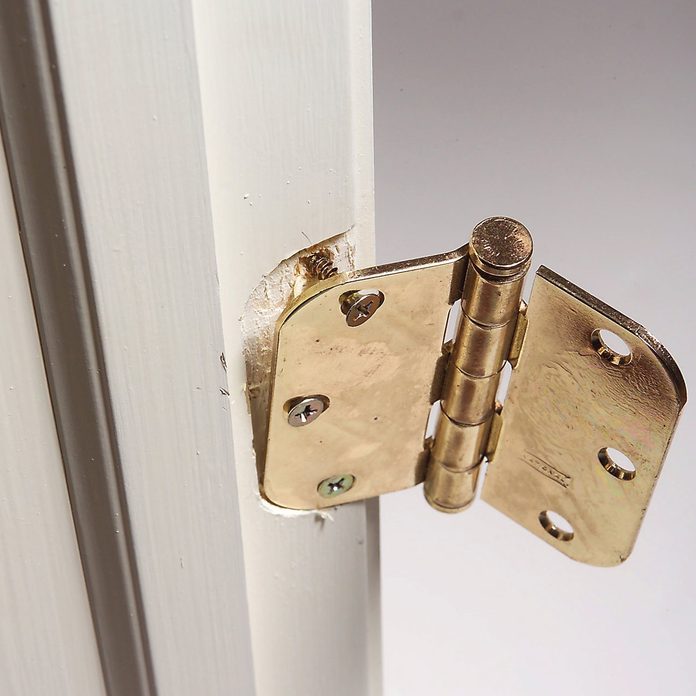
Fix Loose Hinges
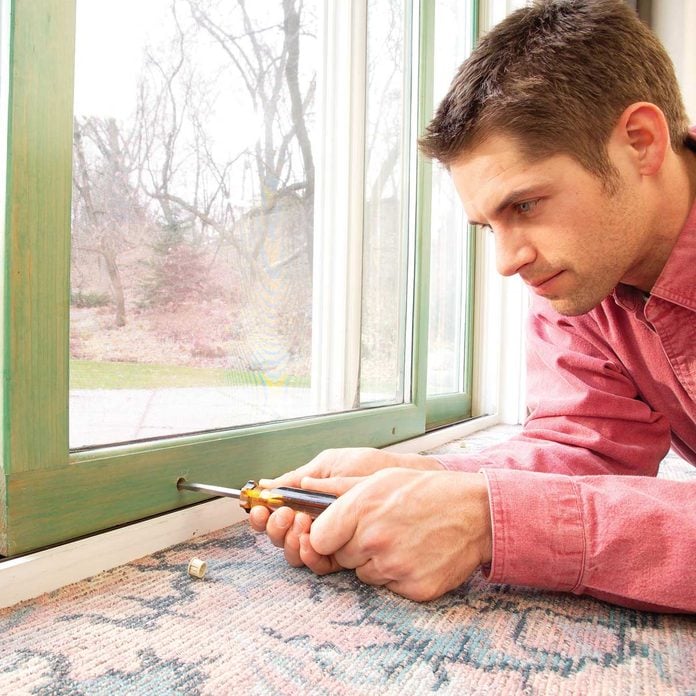
Unstick a Sliding Door
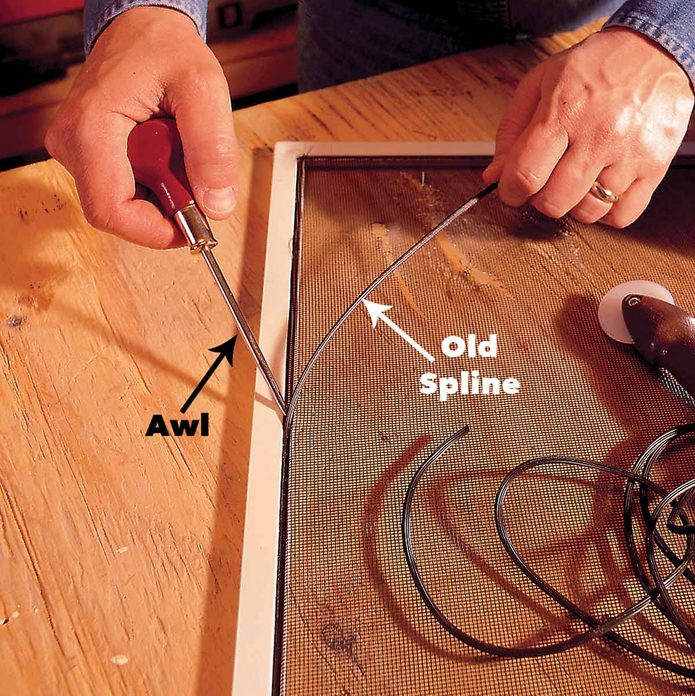
Repair Any Torn Screens or Nets
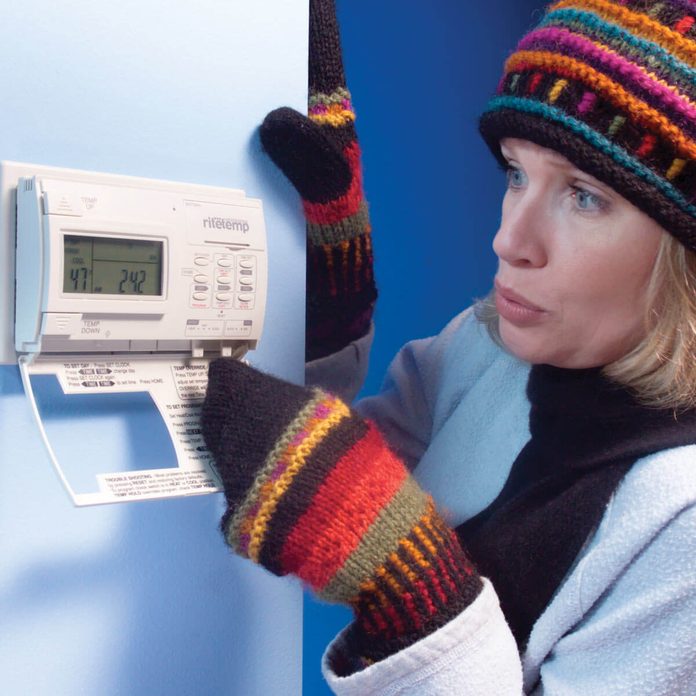
Fix Your Own Furnace
If your furnace quits or breaks down try these simple furnace solutions before you call for service help. You can solve the problem and avoid a $200 service call.
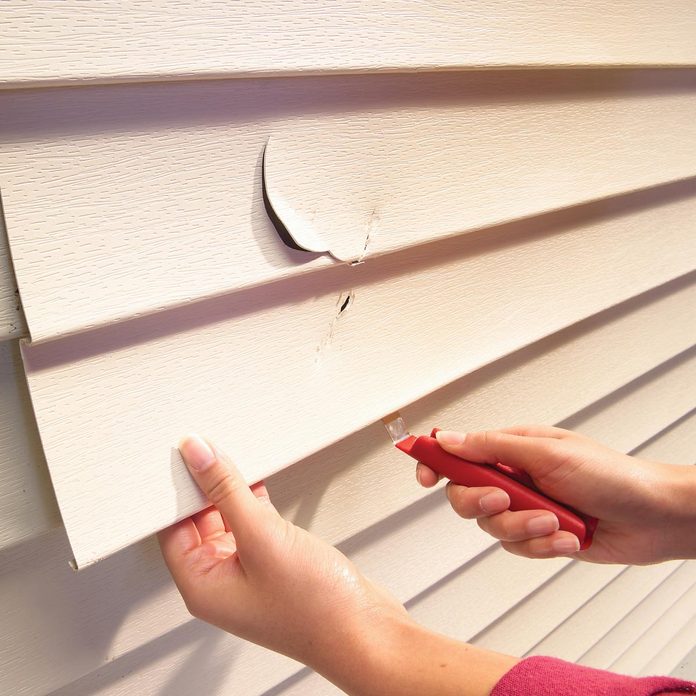
Replace Damaged Vinyl Siding
Vinyl siding protects a home with a tough, water-resistant shell, but accidental damage can happen. If a falling branch or a well-hit baseball cracks a piece of your siding, you can make it as good as new in about 15 minutes with a $5 zip tool (available at any home center) and a replacement piece. It’s as simple as unzipping the damaged piece and snapping in a new one. Here’s how to replace your damaged siding.
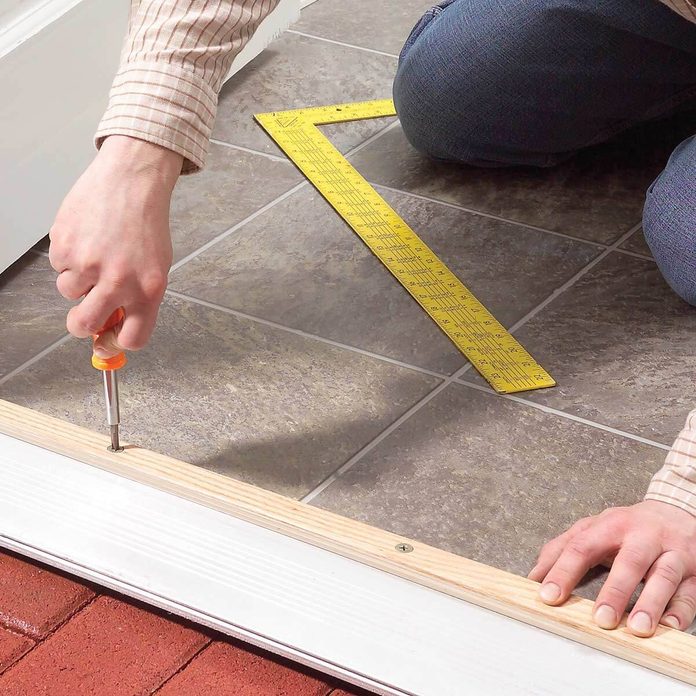
Raise an Adjustable Entry Door Threshold
Those big screw heads in the threshold of a newer entry door aren’t just decorative; they raise or lower a narrow strip set in the threshold. So if you’ve noticed a draft under the door, try this: On a sunny day, turn off the lights and close nearby curtains. Lie down and look for daylight under the door. A sliver of light sneaking in at both corners of the door is normal. But if you see light between the threshold and the door, grab your screwdriver. Here’s how to raise the threshold.
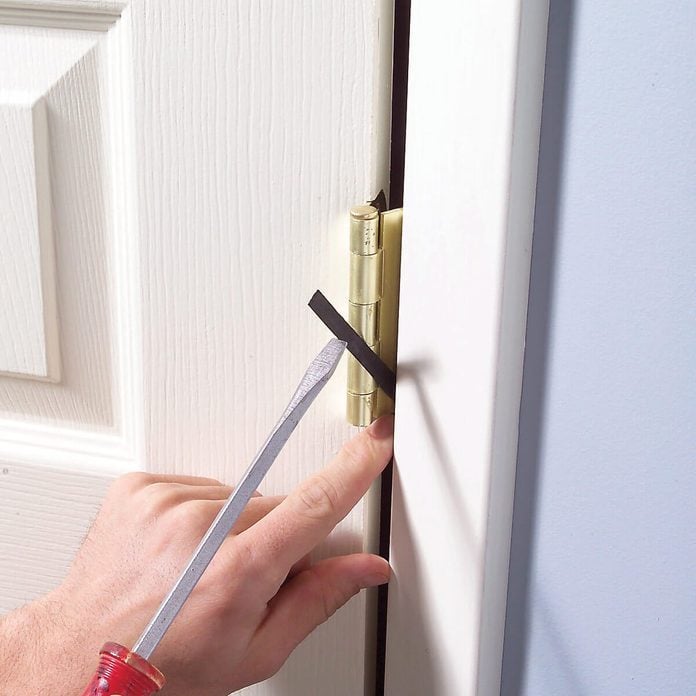
Shim Gaping Doors
If you have big gaps along the latch side of your doors, they were probably prehung in their frames at the factory and installed as a unit. The installer should have adjusted the frame with shims to leave about a 1/8-in. gap along the latch side — about the thickness of two quarters (coins). Sometimes the gap is far too wide. Here’s how to shim gapping doors.
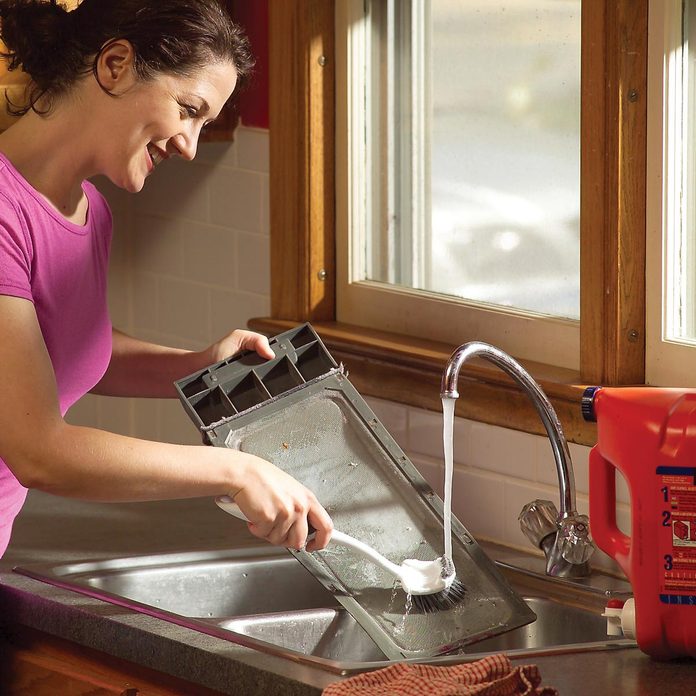
Wash the Dryer Filter
A poorly functioning clothes dryer often stems from a clogged lint filter. The filter may look clean, but a nearly invisible film caused by dryer sheets may actually block airflow. This film forces the thermostat to shut off the heat before your clothes are dry. Test your filter by pouring water into it. If the filter holds water, you should take time to clean it. Pull out the filter and scrub it in hot water with a little laundry detergent and a stiff kitchen brush.
Also, check the outside dryer vent for any lint that may have built up there.
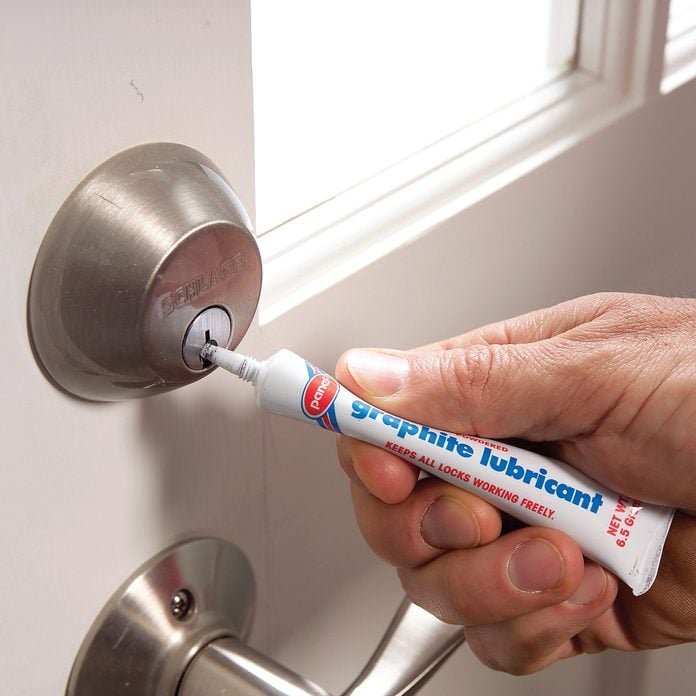
Lubricate Sticking Locks
If your lock turns hard or your key doesn’t slide in smoothly, the lock might be worn out. Then again, it may just need lubrication. Squirt a puff of powdered graphite into the keyhole. Unlike liquid lubricants, graphite won’t create sticky grime inside the lock. A tube costs about $5 at home centers.
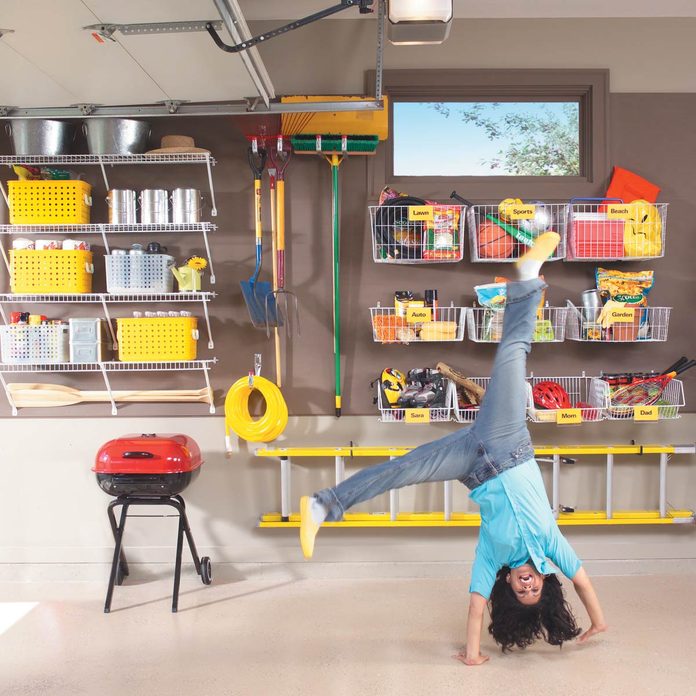
Organize Your Garage For Less Than $200
You can find lots of ways to create more storage space in your garage, but no other system is as simple, inexpensive or versatile as this one. It begins with a layer of plywood fastened over drywall or bare studs. Then you just screw on a variety of hooks, hangers, shelves and baskets to suit your needs. And because you can place hardware wherever you want (not only at the studs), you can arrange items close together to make the most of your wall space. As your needs change, you’ll appreciate the versatility of this storage wall too; just unscrew shelves or hooks to rearrange the whole system.
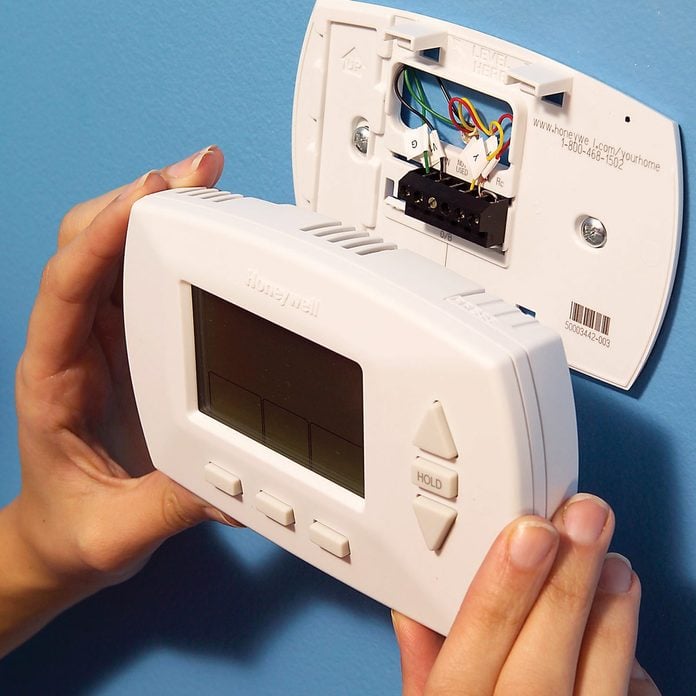
Install a Programmable Thermostat
When it comes to energy savings, few upgrades pay off as quickly as a programmable thermostat. If you turn down the heat 5 degrees at night and 10 degrees during the day when no one is home, you’ll cut your energy bill by 5 to 20 percent. If you raise the temperature the same amount during the cooling season, your savings will be similar. You can do this with a manual thermostat, but a programmable model never forgets to turn down the heat at night and it can raise the temperature before you get out of bed in the morning.
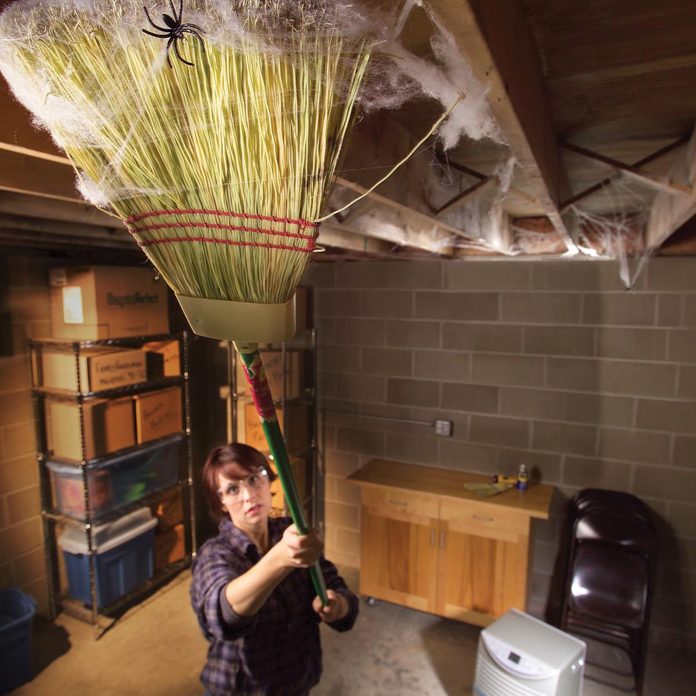
Critter-Proof Your Home
If unwanted critters are waging war on your house, it’s time to fight back. We’ve gathered some effective pest-fighting strategies. Learn how to close the entryways that let critters in, and also how to evict them if they manage to get past your defenses.
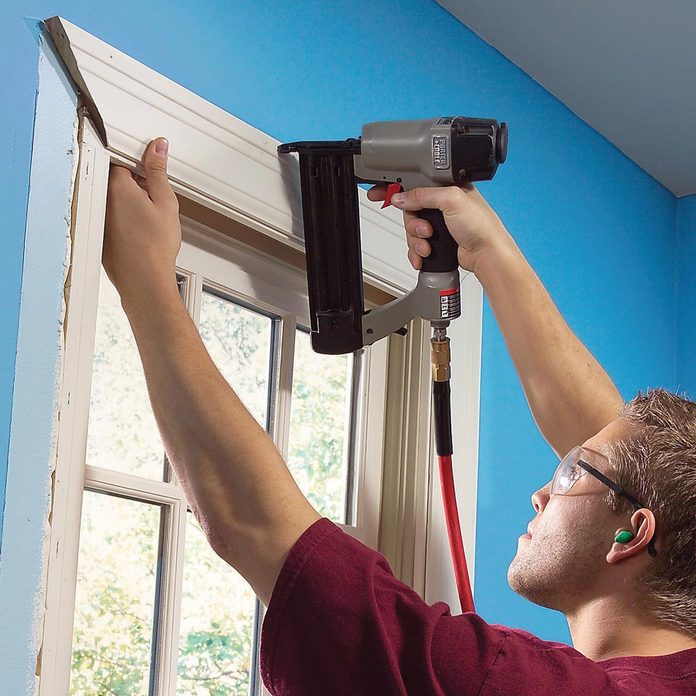
Stop Drafts Around Windows and Doors
If your windows or doors cause chilly drafts all winter long, the problem could be worn-out seals, weather stripping or thresholds. Then again, sloppy installation might also be to blame. When cold weather arrives, hold the back of your hand near the edges of windows or doors to track down the location of leaks. If you feel cold air flowing out from behind the trim, you can bet that the spaces around the window and door jambs weren’t properly sealed.
Plugging these leaks is a time-consuming job: You have to pull off the interior trim, seal around the jambs and then reinstall the trim. But if you have fairly airtight doors and windows, it offers a large payoff. Stopping drafts not only makes your home more comfortable but also cuts energy bills.
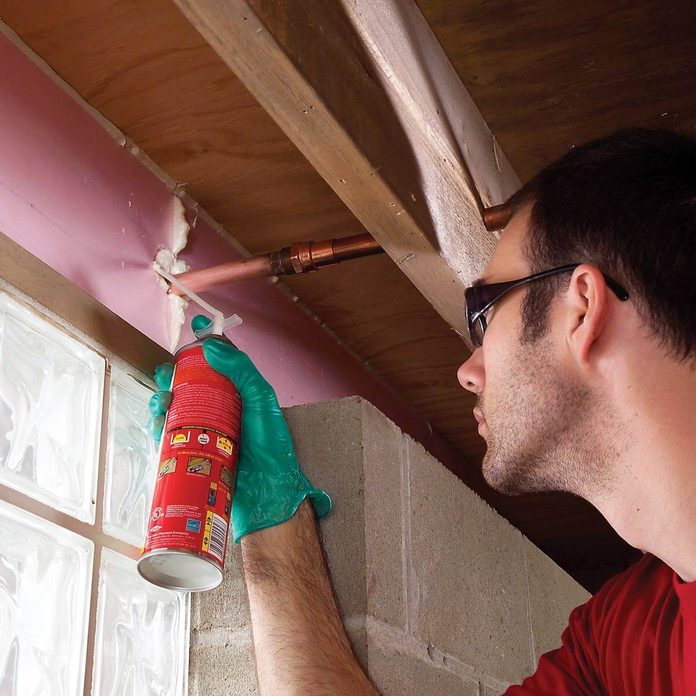
Insulate Rim Joists
In just a couple of hours, you can seal and insulate your rim joists, which cause major loss of heat in many homes. Insulating the rim joists is one of the best things you can do to make your home more energy efficient. This project lowers your heating costs and saves you money. And it’s easy, too, so anyone can do it. Learn how to insulate your rim joists here.
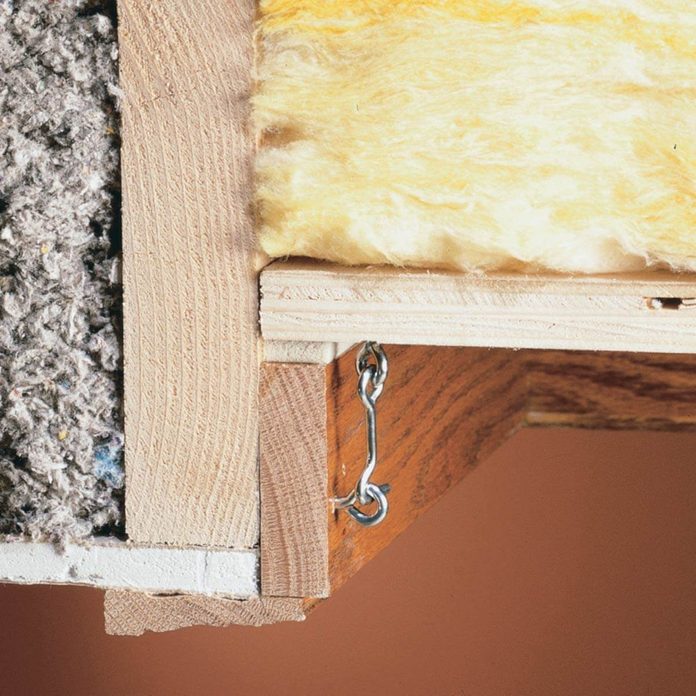
Seal Attic Air Leaks
Small air leaks into uninsulated attic space create another major source of heat loss in many homes. With some inexpensive materials and a day’s labor, you can save lots of money on heating every year by sealing these holes.
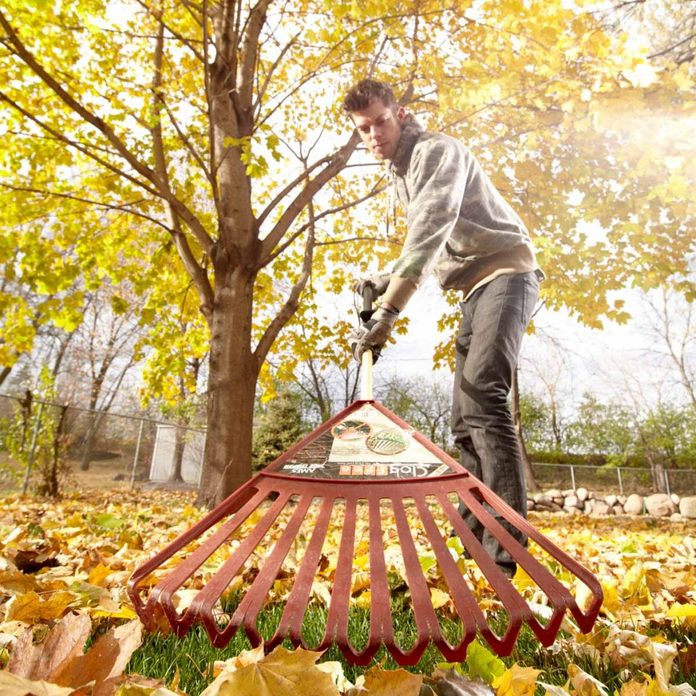
Rake Those Leaves!

Aerate the Lawn
To ensure lush grass and a healthy lawn in the spring, aerate in the fall. Aeration breaks up compacted soil to allow water and fertilizer to penetrate deep down into a healthy root system. A must-do, fall-ready project. For more, check out our fall lawn care guide.
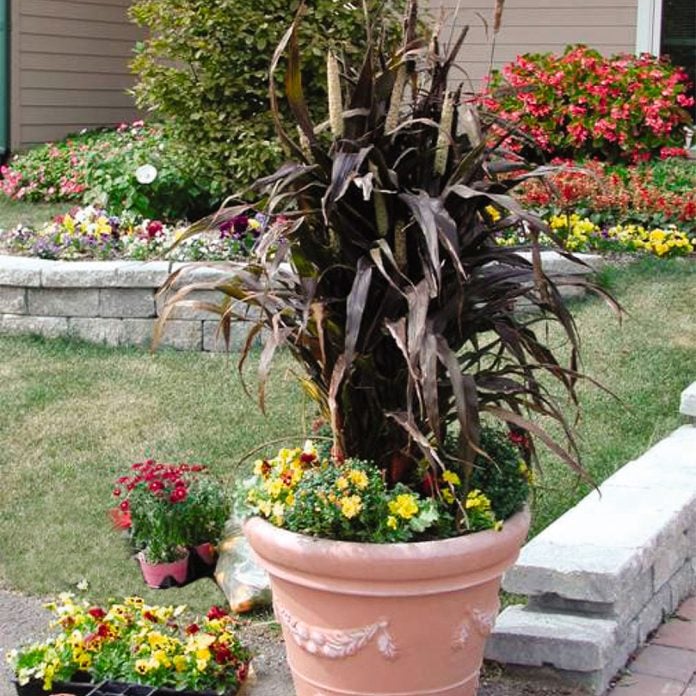
Prep Your Garden
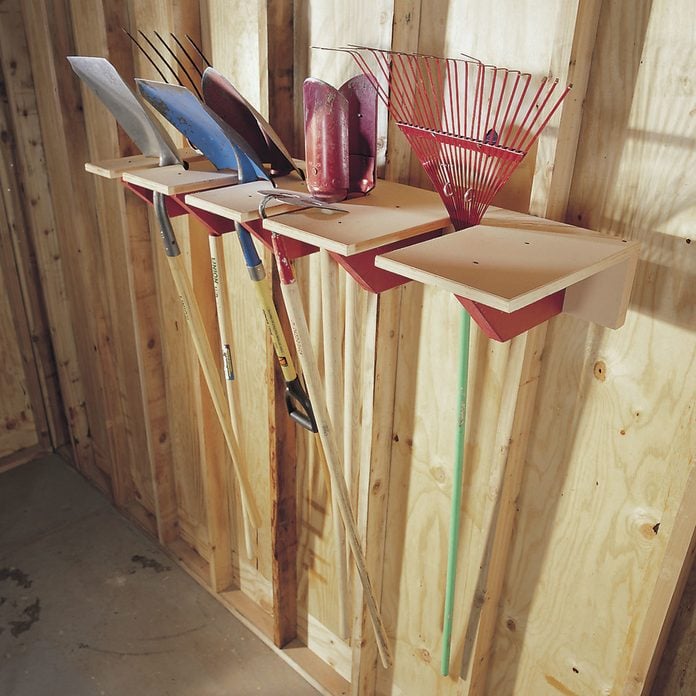
Clean and Store Garden Tools

Inspect Your Fence
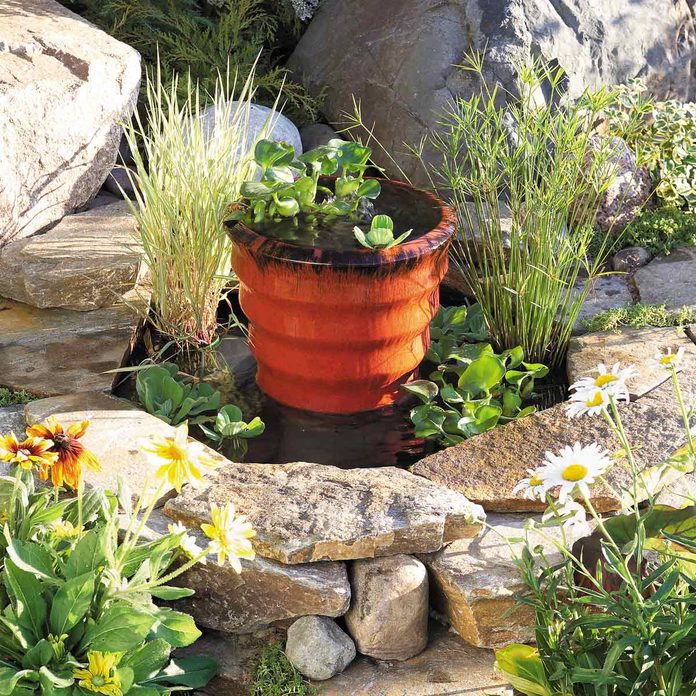
Drain Ponds
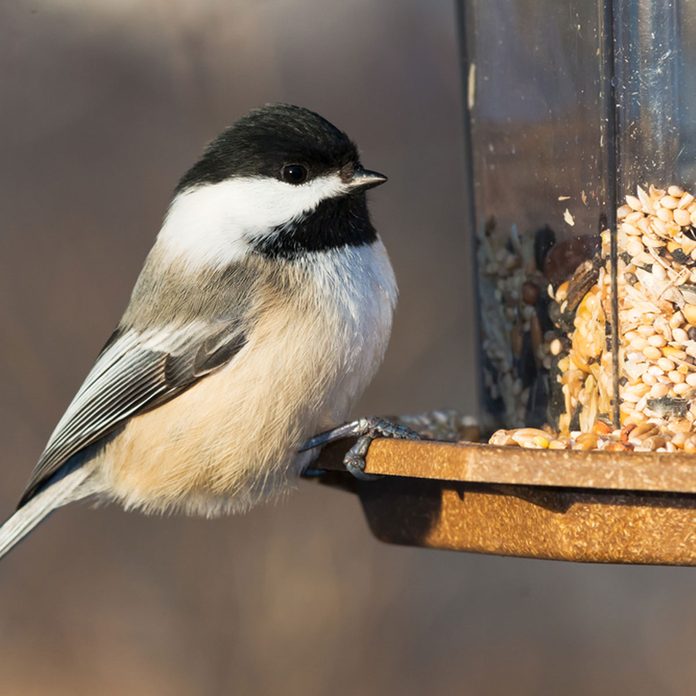
Clean and Fill Bird Feeders
Winter can be hard going for birds in terms of finding food to eat. Be sure to refill your bird feeders now and make them fall ready. This keeps our feathered friends happy and fed for the winter. If you don’t have a bird feeder or house, creating one makes a great indoor project over winter.
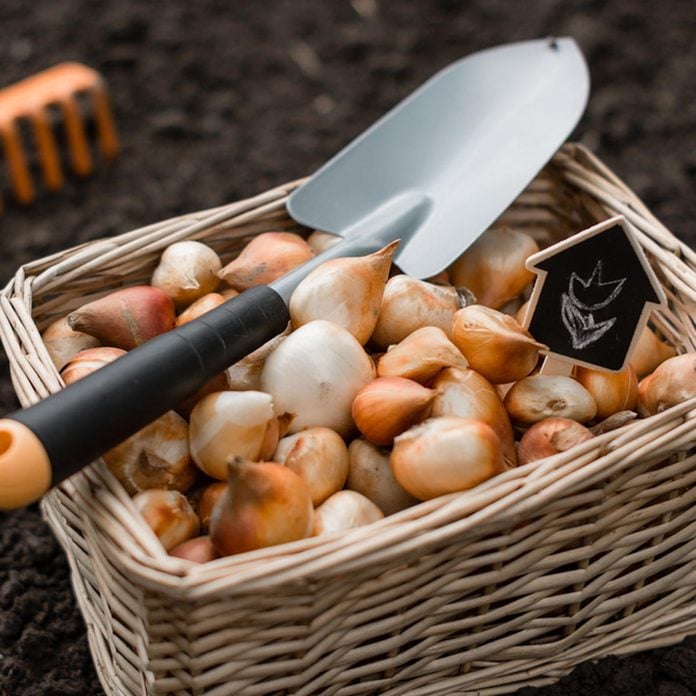
Plant Bulbs
A colorful garden in the spring requires fall-ready planting. Plant early flowering plants in September when they can still take advantage of fall rains. Follow depth directions to avoid frost damage over the winter.
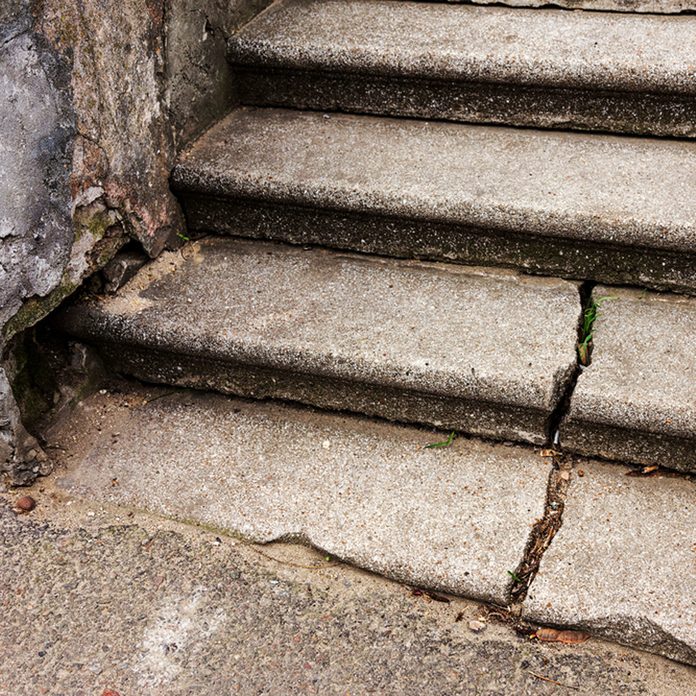
Repair Cracks
Fluctuating temperature levels and moisture can wreak havoc on your driveway, sidewalks and steps. Take time to fall-ready your steps by repairing cracks and holes now before a minor problem becomes a major issue.
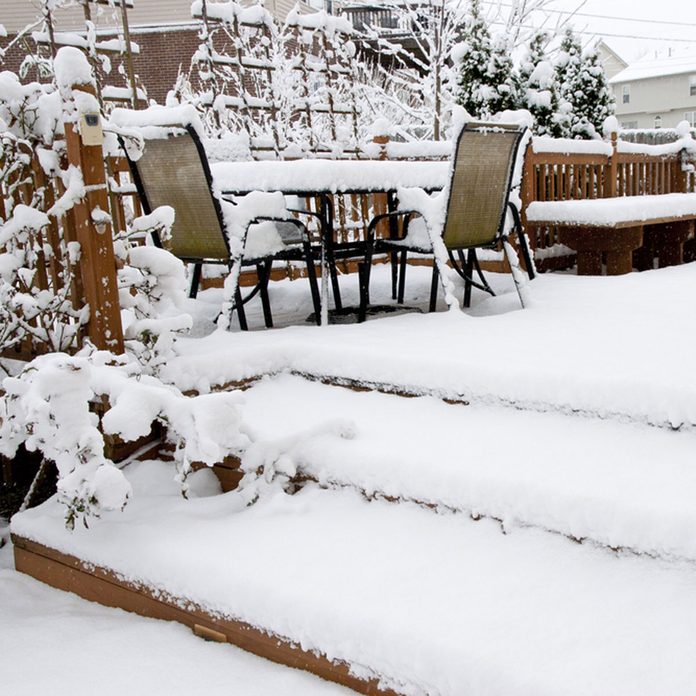
Store Outdoor Furniture
An often overlooked task, but essential to keeping your outdoor living space in tip-top shape, cleaning and storing your garden furniture out of the elements saves unnecessary wear on them. Fall is also a perfect time to clean up any rust, repaint or repair your garden furniture so it looks great when you uncover it in the spring.
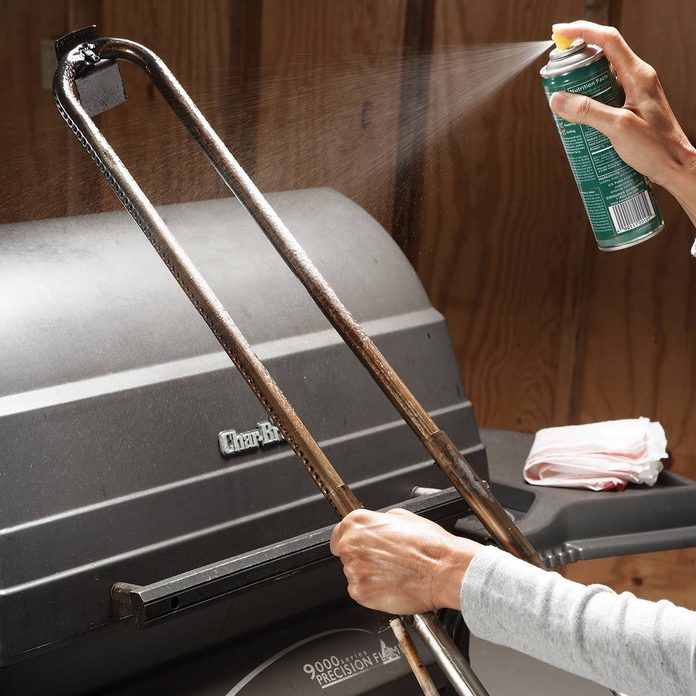
Winterize Your Grill
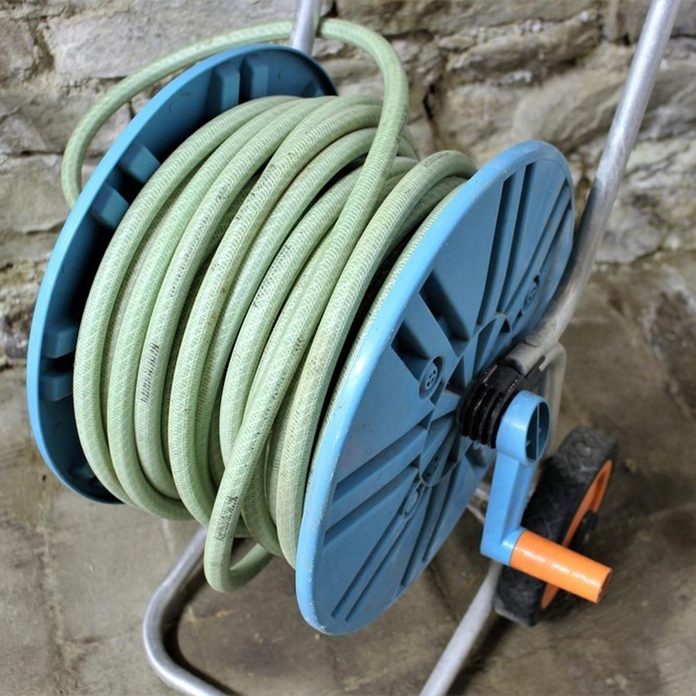
Store Your Hoses
Locate all outside hoses and drain them for storage. Be sure to remove splitters or any other items from each outdoor faucet. If your hoses need to be replaced, this hose guide can help you find the best one for your needs.
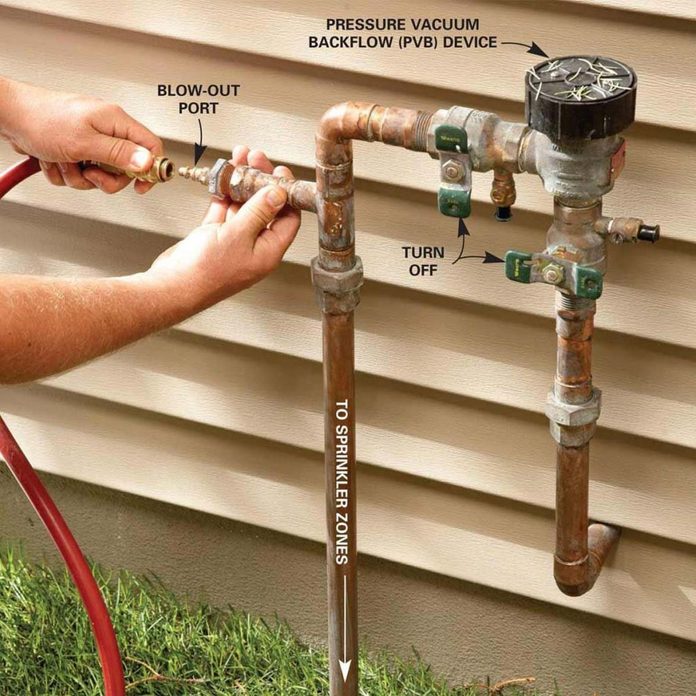
Winterizing a Sprinkler System
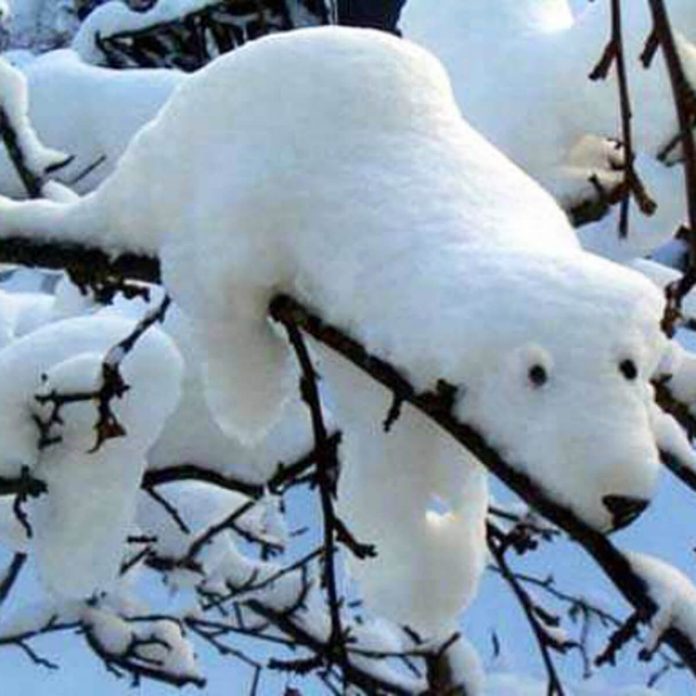
Get Your Property Ready for Snow
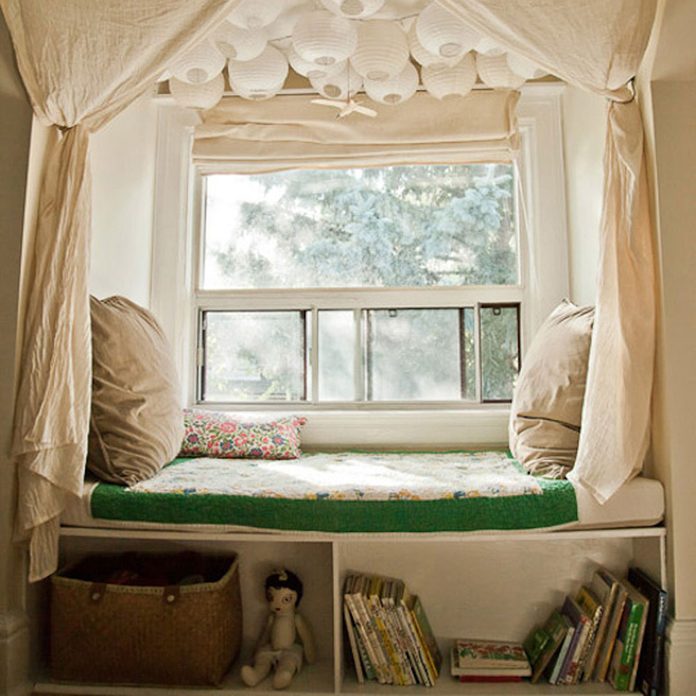
Set Up a Reading Nook
Nothing quite compares to curling up with a good book on a cool afternoon. Find a sunny spot at home to set up a reading nook.
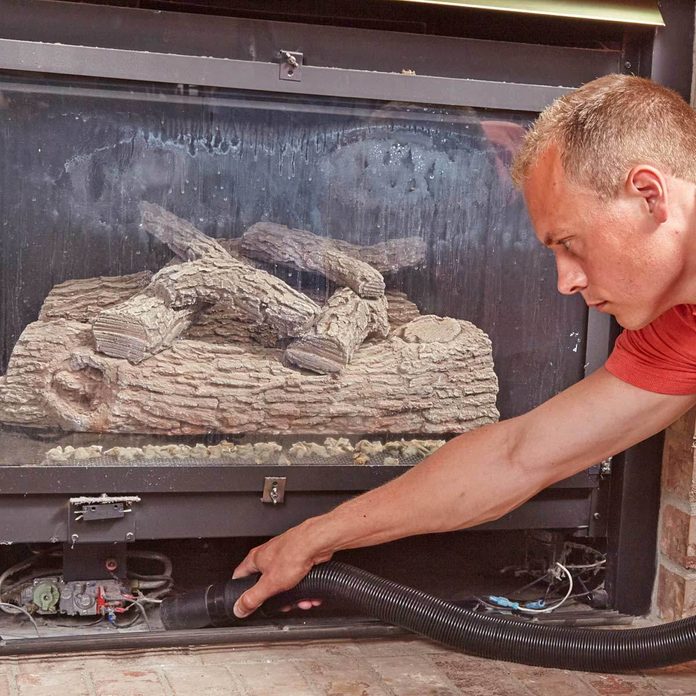
Prepare Your Fireplace
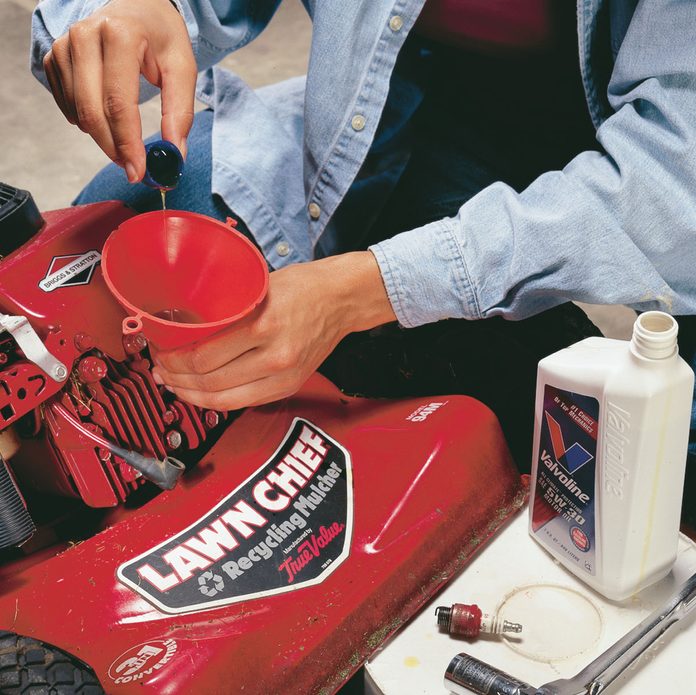
Clean Up Your Lawnmower and Other Yard Tools
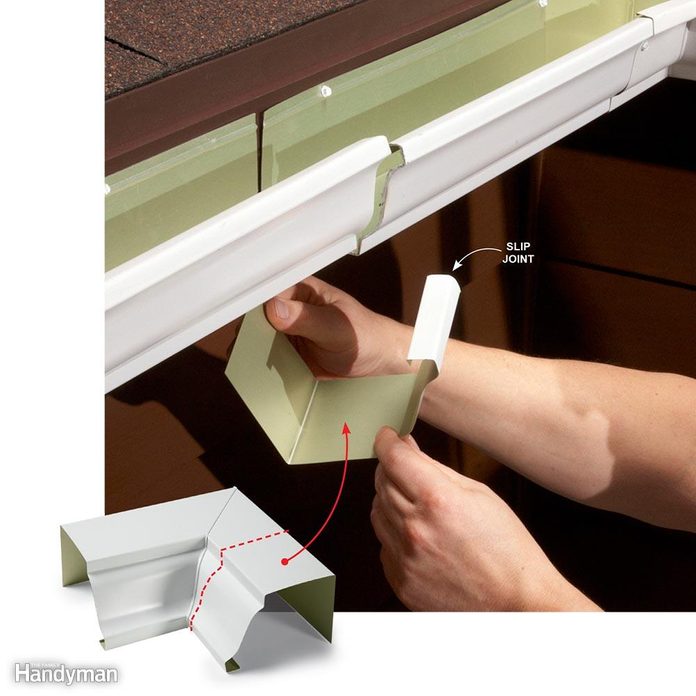
Get Your Gutters Ready

Store Summer Toys
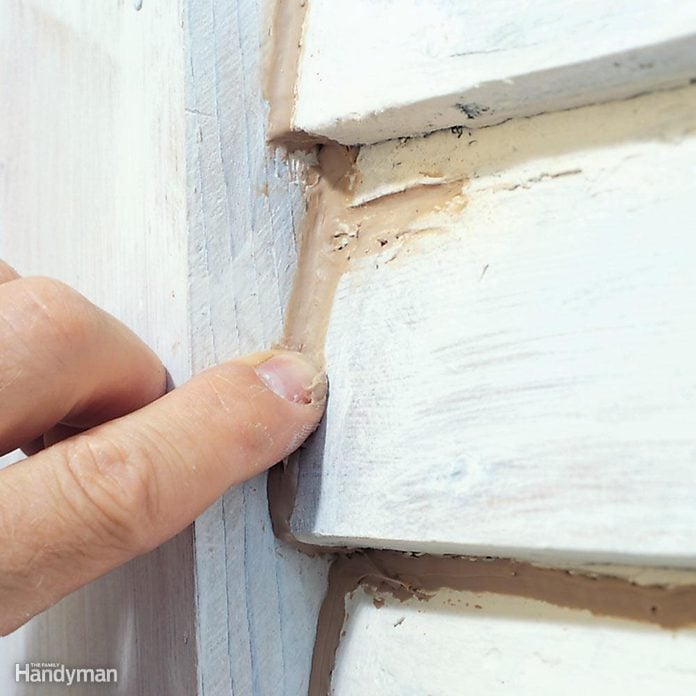
Check Exterior Caulking and Weatherstripping
Make a habit of checking the caulking around your house and the condition of your weatherstripping each fall. Inspect around windows, doors and anywhere else two materials meet to find and repair shrinking or cracking beads. Check weatherstripping around doors and replace when broken or missing – it’s super easy to do.
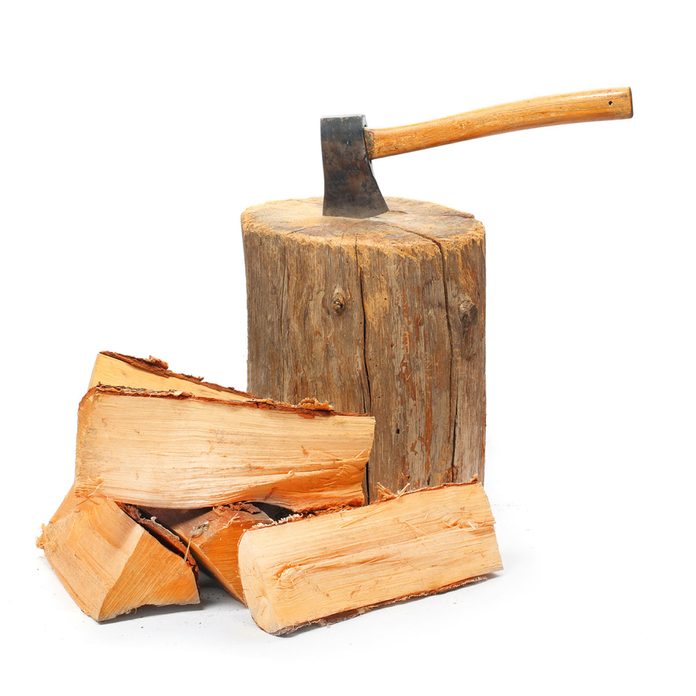
Stockpile Firewood
Whether you have a source of wood on your property or need to purchase a cord or two, cool fall mornings offer a great time cut and chop wood to burn in your fireplace all winter long. And if you use a chainsaw, brush up on your safety knowledge before you hit the forest.
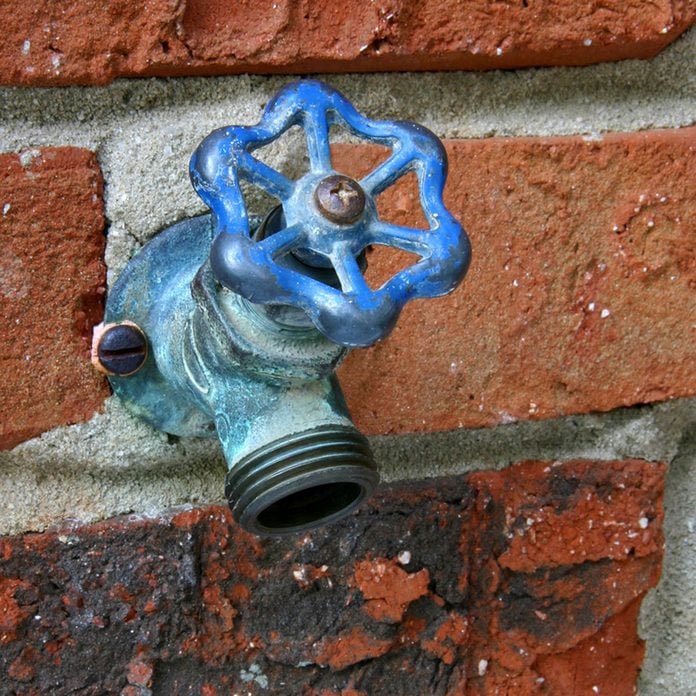
Install Frost-Proof Outdoor Faucets
New outdoor faucets offer frost-proof protection and also prevent unsanitary water from contaminating your water system. Installing a new outdoor faucet takes just a few hours and will give you peace of mind all winter long. Remember, frost-proof faucets can still burst if you leave anything connected to them. Remove hoses and splitters before a freeze.

Drain Mechanical Sprinklers or Risk Damage
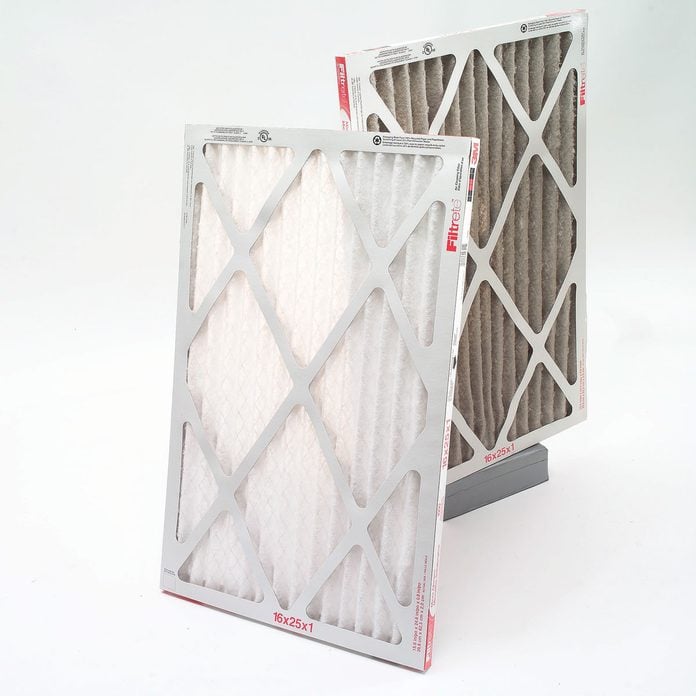
Change Your Furnace Filter
An easiest way to keep your furnace in good shape involves Changing your furnace filter. If you haven’t changed it in a while, make sure you install a fresh one before you turn your furnace on for the first time.

Check Your Chimney or Risk a Fire

Deep Clean Rugs and Carpeting
Take advantage of a beautiful fall afternoon to give your rugs a deep clean. Take area rugs outside and give them a good shake (or a good whack), then give them a thorough vacuuming with your shop vac. Don’t forget interior carpets, you can rent a carpet cleaner and give your carpet a deep clean before hosting holiday gatherings.
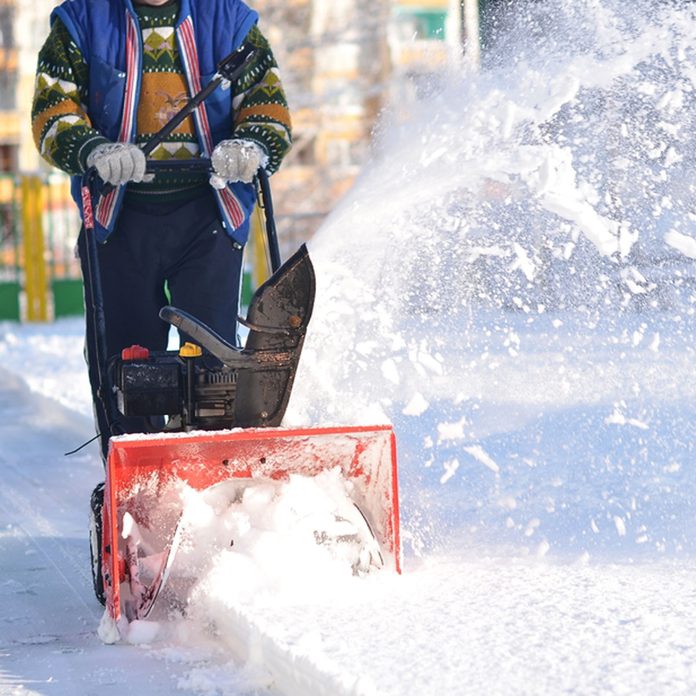
Get Your Snowblower Ready for Service
Don’t wait until the first big snowfall to start up your snowblower. Take some time during the fall to get your snowblower running and tuned up so it can start spitting snow as soon as flakes hits the ground.